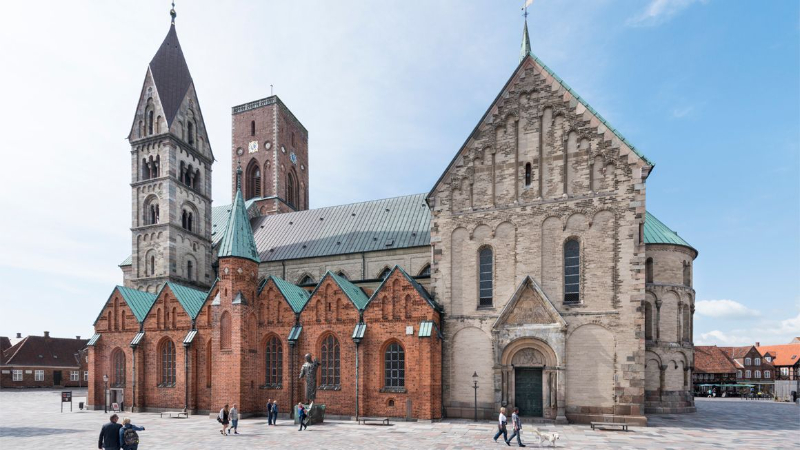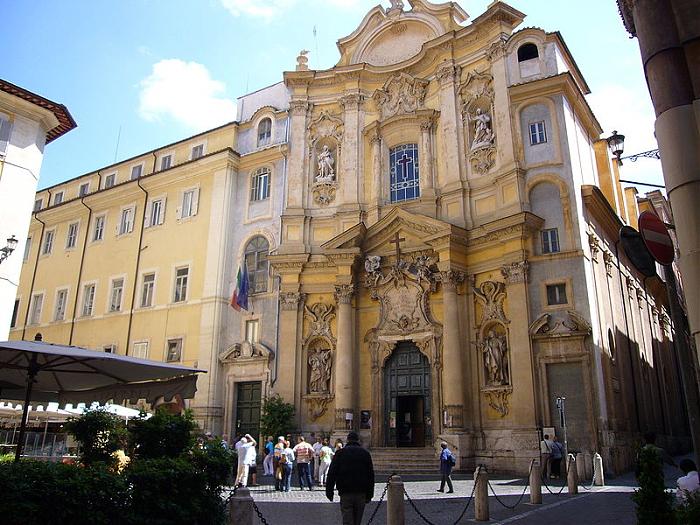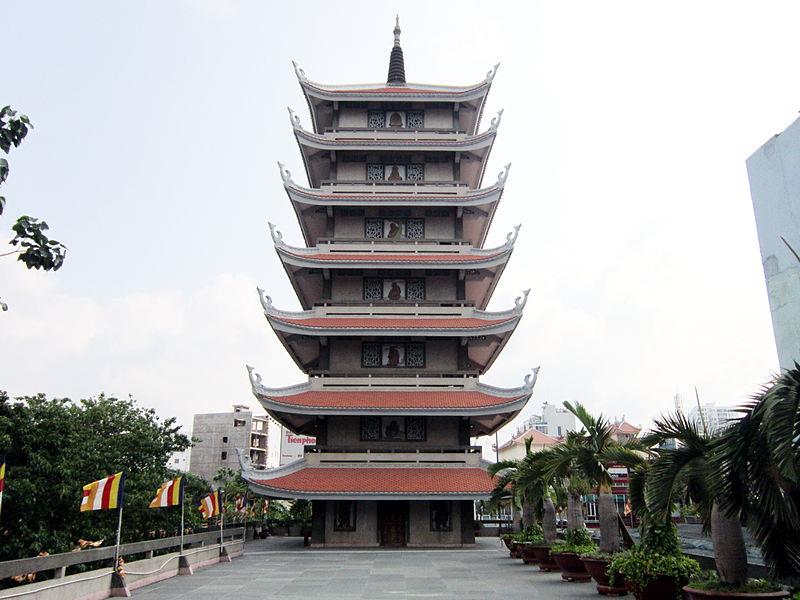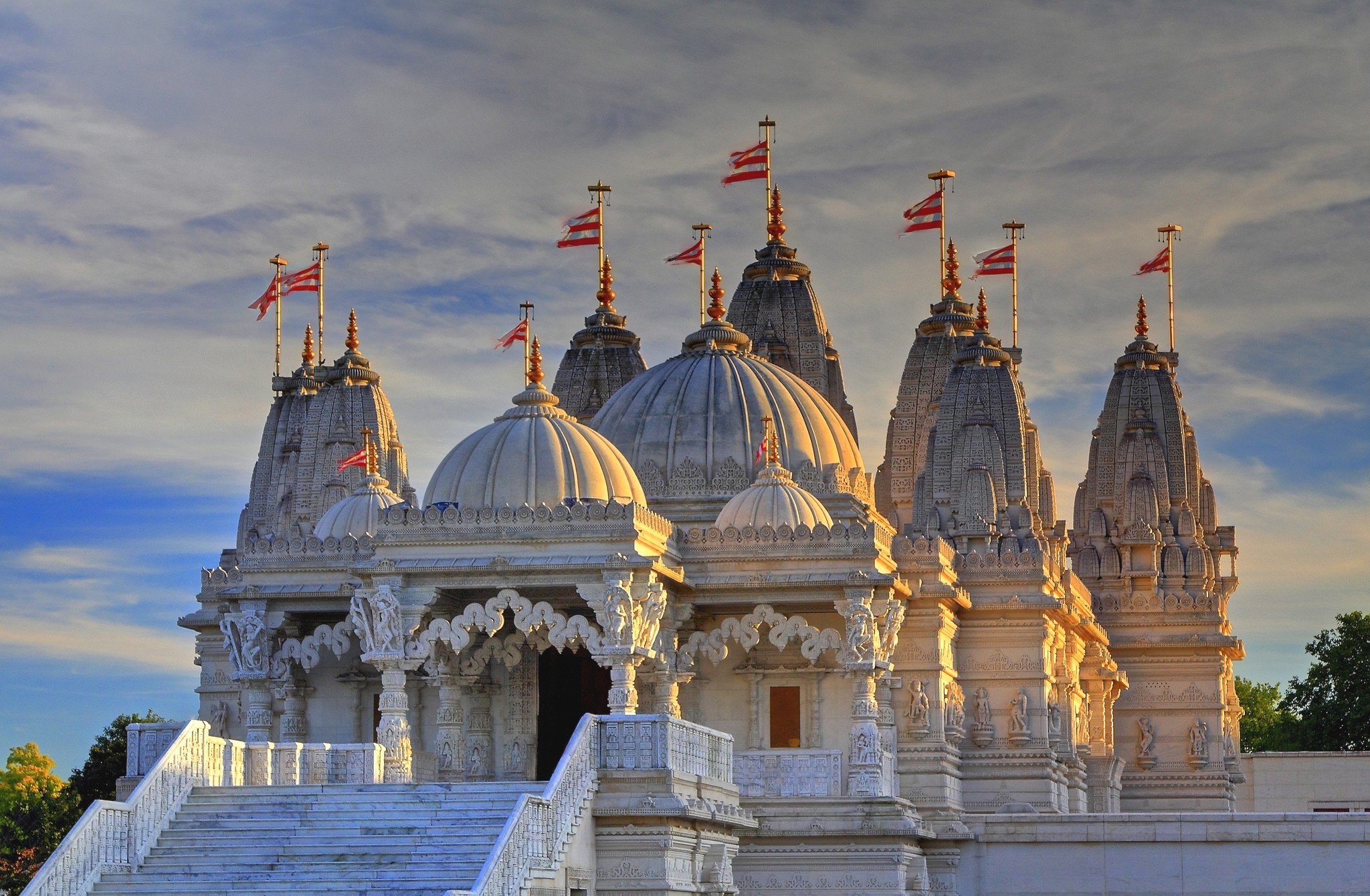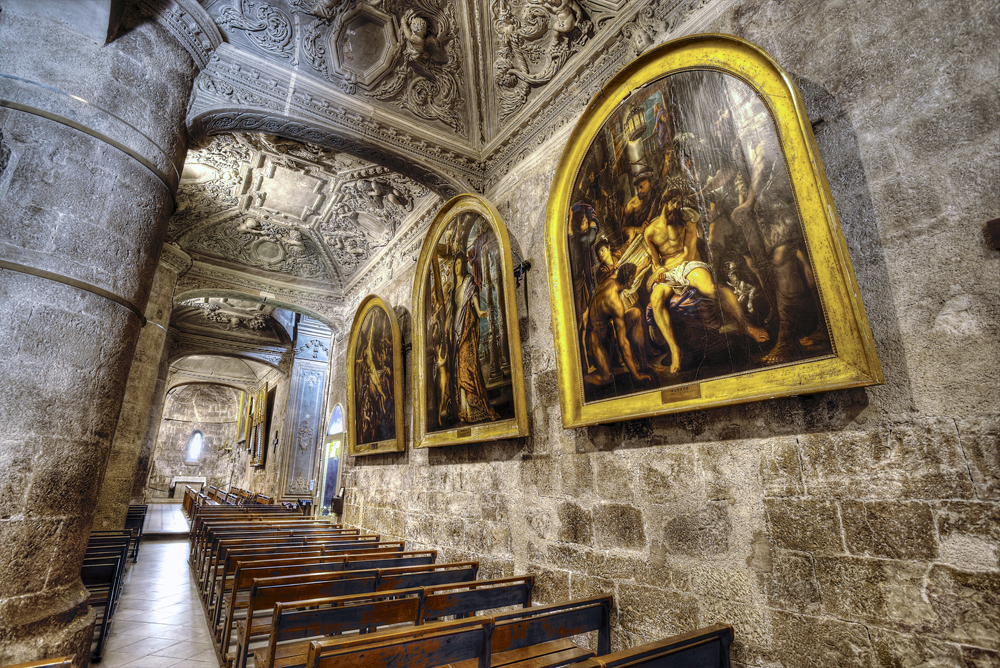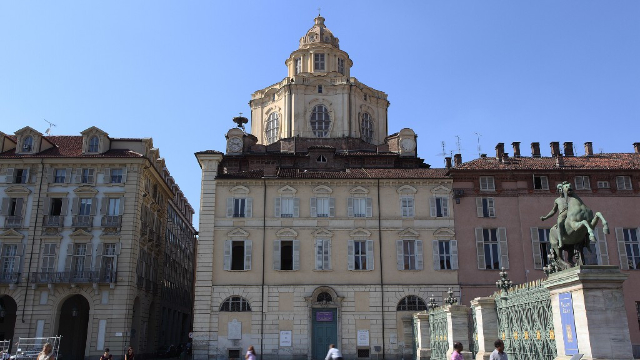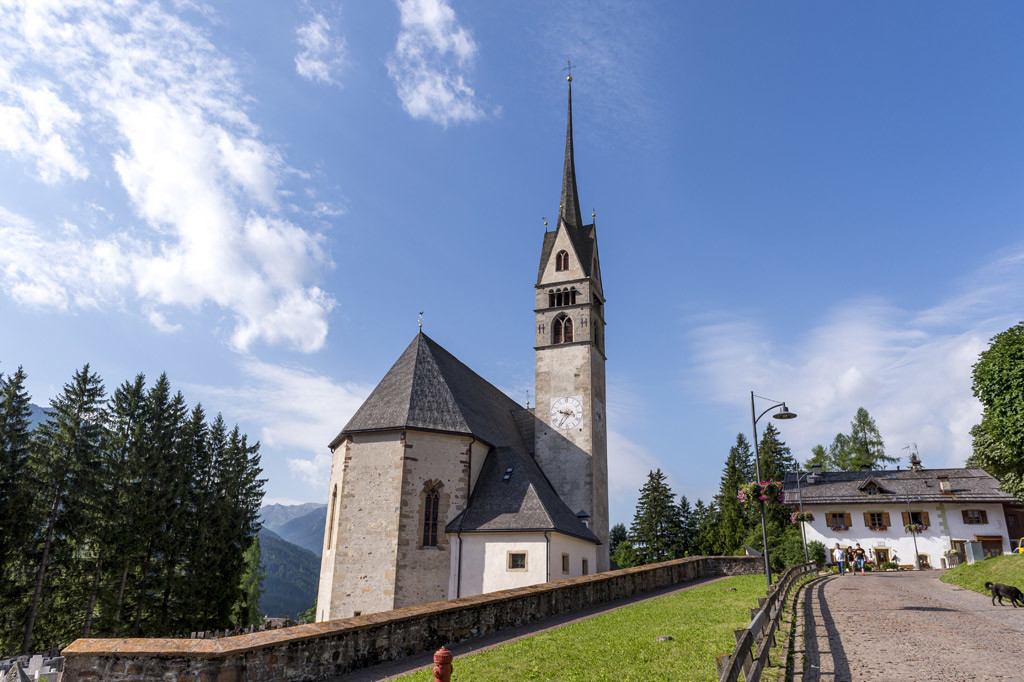Ribe Cathedral is the oldest (13th century) cathedral in Denmark and is clearly the most emblematic building of the medieval city of Ribe. Arriving in its square you can not but be surprised by its size that occupies exactly the center and its structure consists of a rich set of towers, turrets and different materials used.
The structure had two identical towers on the western side of the church, but due to a collapse on Christmas night in 1283 only one remains. On the occasion of that unfortunate event many people who were inside the church were killed.
Most of the original Romanesque structure is made of limestone tufa quarried near Cologne and transported here on the Rhine. Despite the additions of Gothic elements, the central core has mostly retained its Romanesque appearance. Later additions are mostly made of red brick, and can clearly be seen on the exterior of the cathedral. Aisles were added to the original structure, so that there was a double nave on each side. In some parts of the church, ceilings were raised so as to have Gothic vaults.
At the end of the 12th century a new entrance to the church was opened, known as the Cat’s Head Portal, because of the statues of the two lions at the base of the columns at the side of the doorway. This entrance has a relief above the door showing the dead Christ on the cross, and is one of the largest Romanesque reliefs that have come down to the present day.
A new fire hit the cathedral in 1402 and once again red brick was used to restore the damage and to enlarge the structure. In 1536 instead, when Denmark became officially Lutheran, the cathedral was closed and the monks were removed. Vandalism started against this large abandoned church and progressively most of the Christian symbols were removed from inside the cathedral and the paintings on the walls were plastered. When yet another fire broke out in the city in 1580, Ribe Cathedral was saved from yet another disaster.
At the end of the sixteenth century the tower, which several centuries earlier had collapsed on the citizens, collapsed again and was rebuilt about ten meters lower. The funds, however, began to run out and therefore its peak remained flat and was not completed with the spires, but in 1696 was equipped with a large clock.
Inside, however, there are numerous elements that come from different periods, including a seventeenth-century organ, the baptismal font richly decorated and dating back to the second half of the fourteenth century and the pulpit of the late sixteenth century. The columns that divide the three naves are also decorated with paintings depicting sacred figures and date back to the sixteenth century. These frescoes were restored only in the great restructuring at the turn of the nineteenth and twentieth centuries.
Inside the cathedral of Ribe rest several important people who appeared on the political and religious scene of the city during the centuries of glory that made it the absolute protagonist of Denmark.
